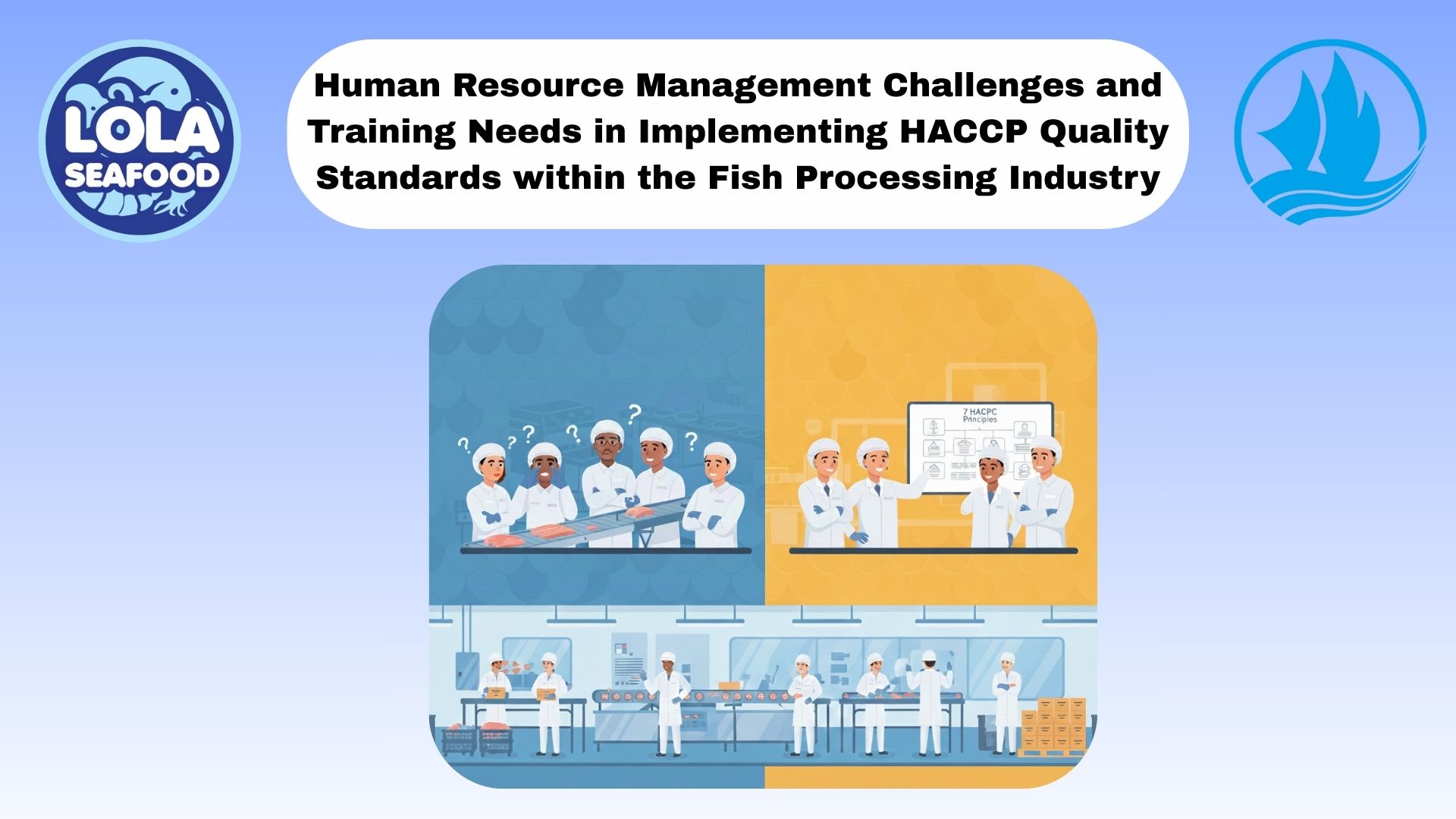Exploring Fish Processing Terms and Techniques
By. Najih - 24 Sep 2024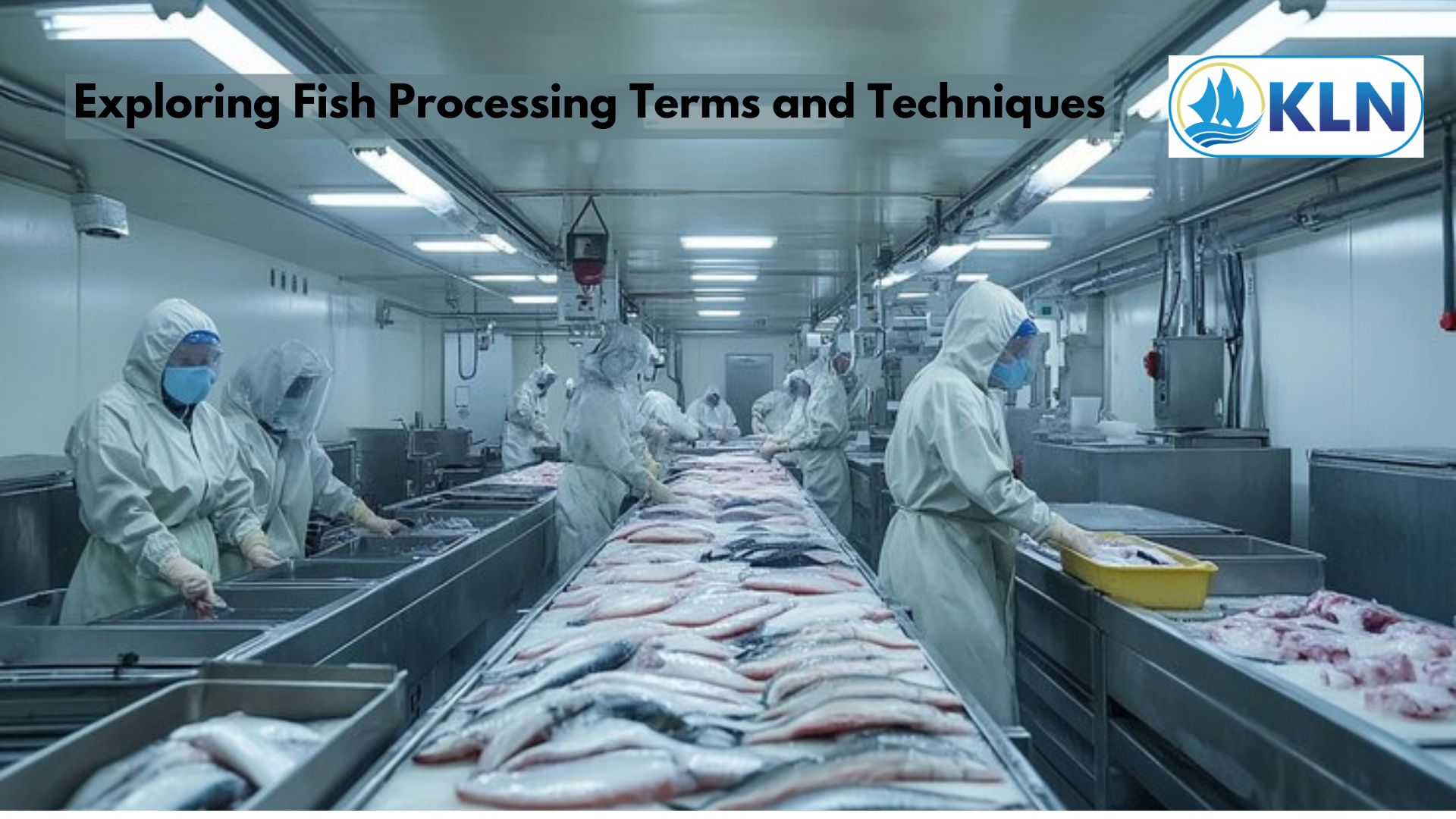
Fish processing is a vital part of the seafood industry, transforming freshly caught fish into a variety of products that are enjoyed worldwide. Understanding the terminology and techniques involved in fish processing not only enhances culinary appreciation but also highlights the industry's significance in global cuisine.
- Filleting
This technique involves removing the flesh from the fish bones. Filleting is crucial for creating boneless fish products, making them more appealing to consumers. A well-executed fillet should be clean and free of bones.
- Marination
Marination is the process of soaking fish in a seasoned liquid to enhance flavor and tenderness. Common marinades include vinegar, lemon juice, herbs, and spices. This technique not only elevates taste but can also help to tenderize tougher fish cuts.
- Smoking
This method preserves fish while imparting a distinct flavor. There are two primary types: hot smoking, which cooks the fish, and cold smoking, which adds flavor without cooking. Smoked fish is a delicacy in many cultures, often enjoyed as a snack or in various dishes.
- Canning
Canning involves sealing fish in a container and heating it to destroy bacteria. This method allows for long-term storage and convenience, making it easy for consumers to enjoy fish without the need for refrigeration.
- Freezing
Freezing is one of the most common preservation techniques, allowing fish to maintain its freshness for extended periods. Proper freezing techniques are essential to prevent freezer burn and maintain the texture and flavor of the fish.
Techniques in Fish Processing
- Gutting
The initial step in processing fish involves removing the internal organs, which is crucial for ensuring freshness and food safety. This step is typically performed immediately after catch.
- Fillet and Skin Removal
After gutting, fish can be filleted, and the skin may be removed if desired. These processes can be done manually or with the help of machines in commercial settings, depending on the scale of production.
- Quality Control
Ensuring fish quality involves inspecting for freshness, appearance, and odor. This step is vital for maintaining food safety standards and ensuring a high-quality product for consumers.
- Sustainability Practices
Modern fish processing emphasizes sustainable practices, including responsible sourcing and minimizing waste. Techniques such as using fish by-products for other products are gaining popularity, reflecting a growing awareness of environmental impact.

Optimizing Wild-Caught Fish Logistics: Maintaining Thermal Core Integrity During Long-Haul Transport
.jpg)
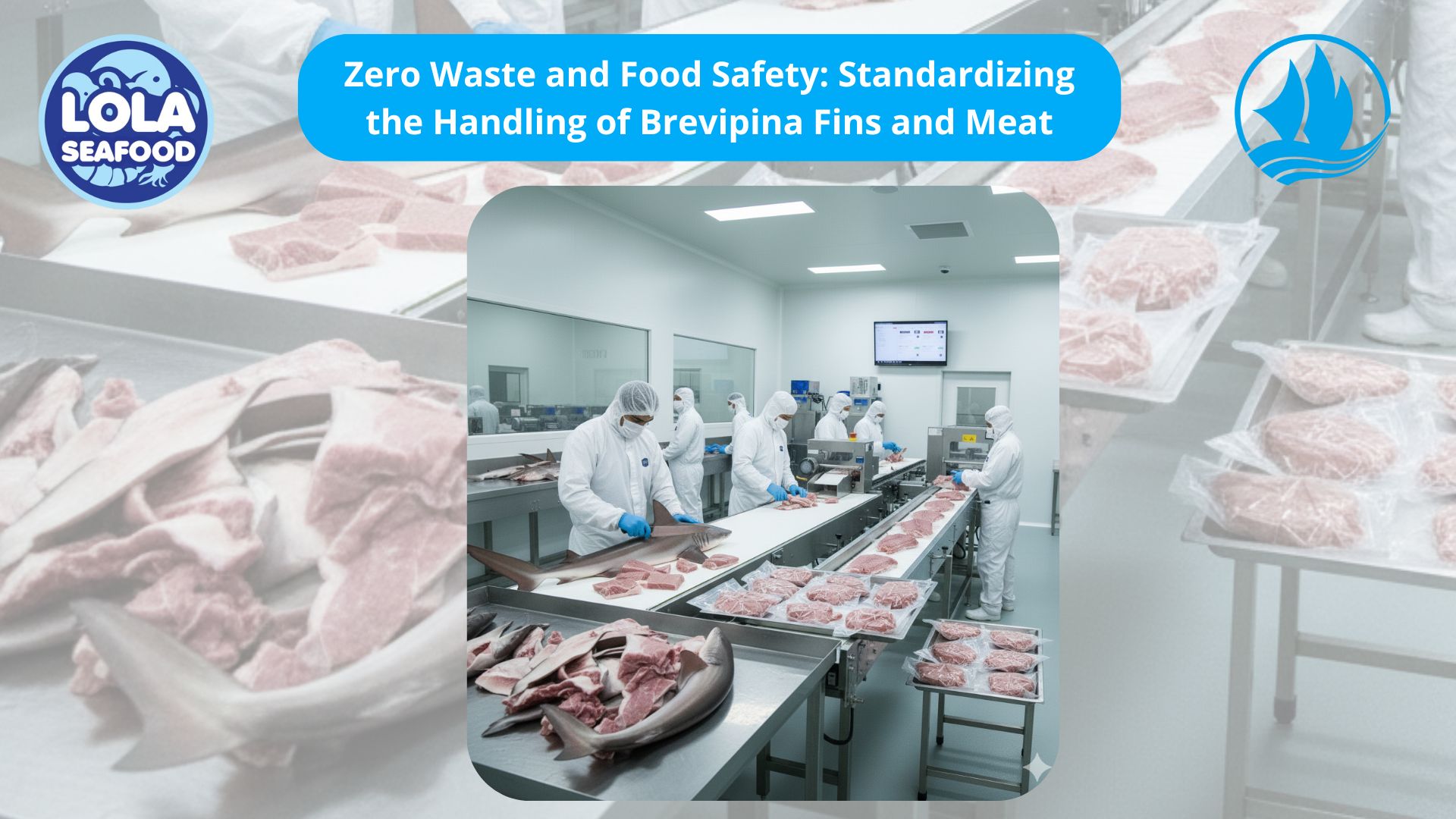
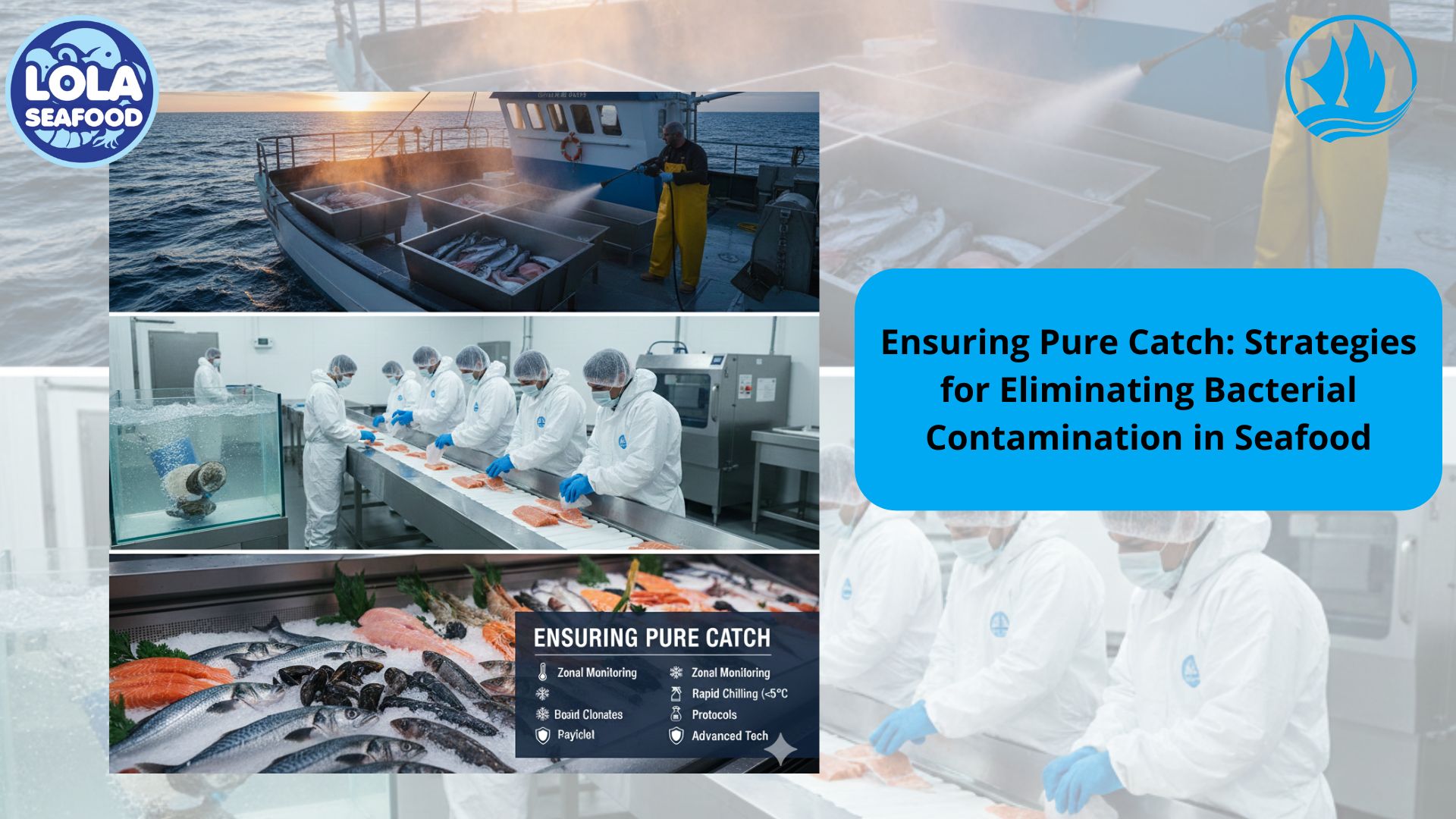
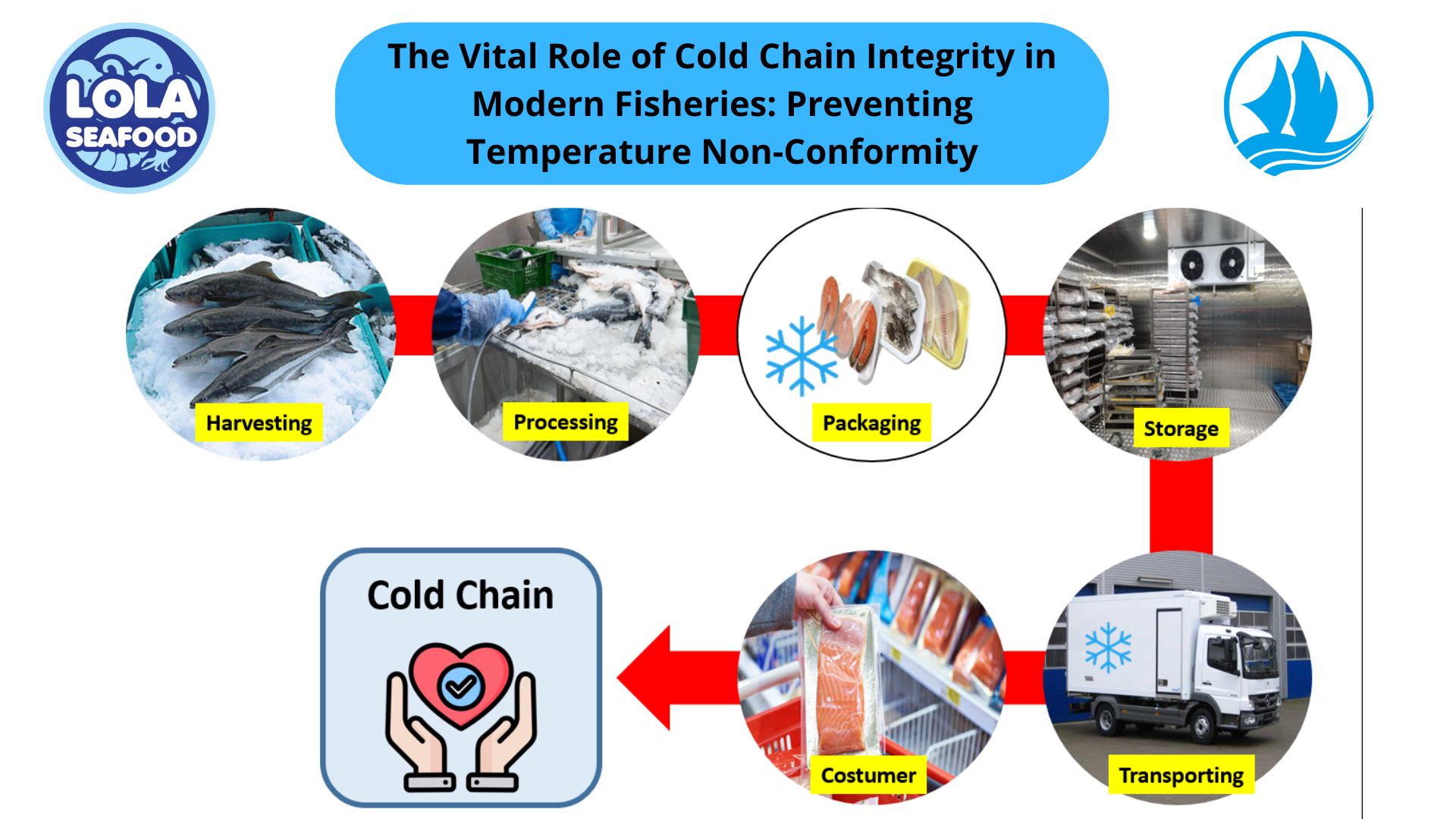
.jpg)
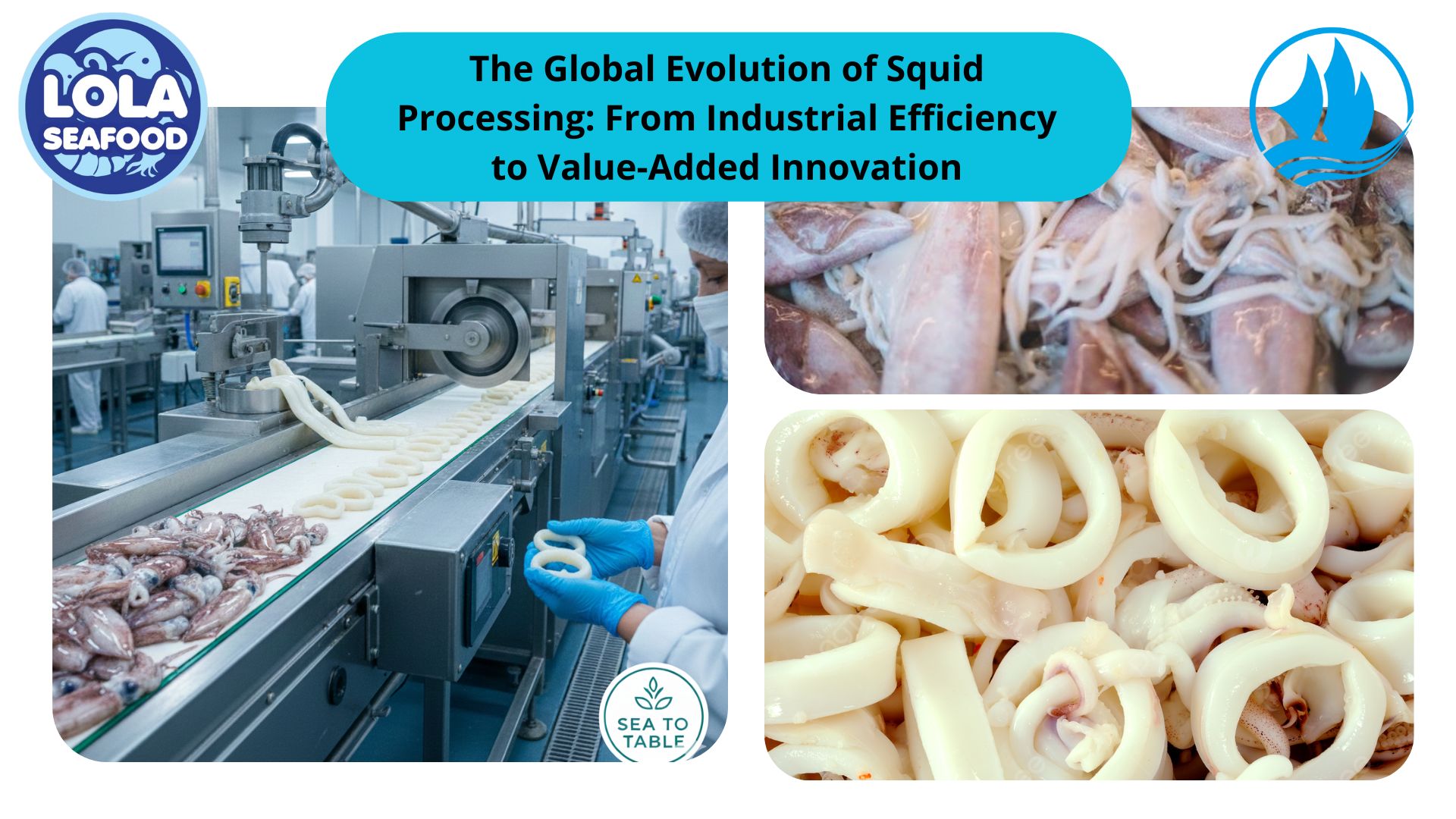
 and Employee Productivity on the Demersal Fish Processing Floor.jpg)
